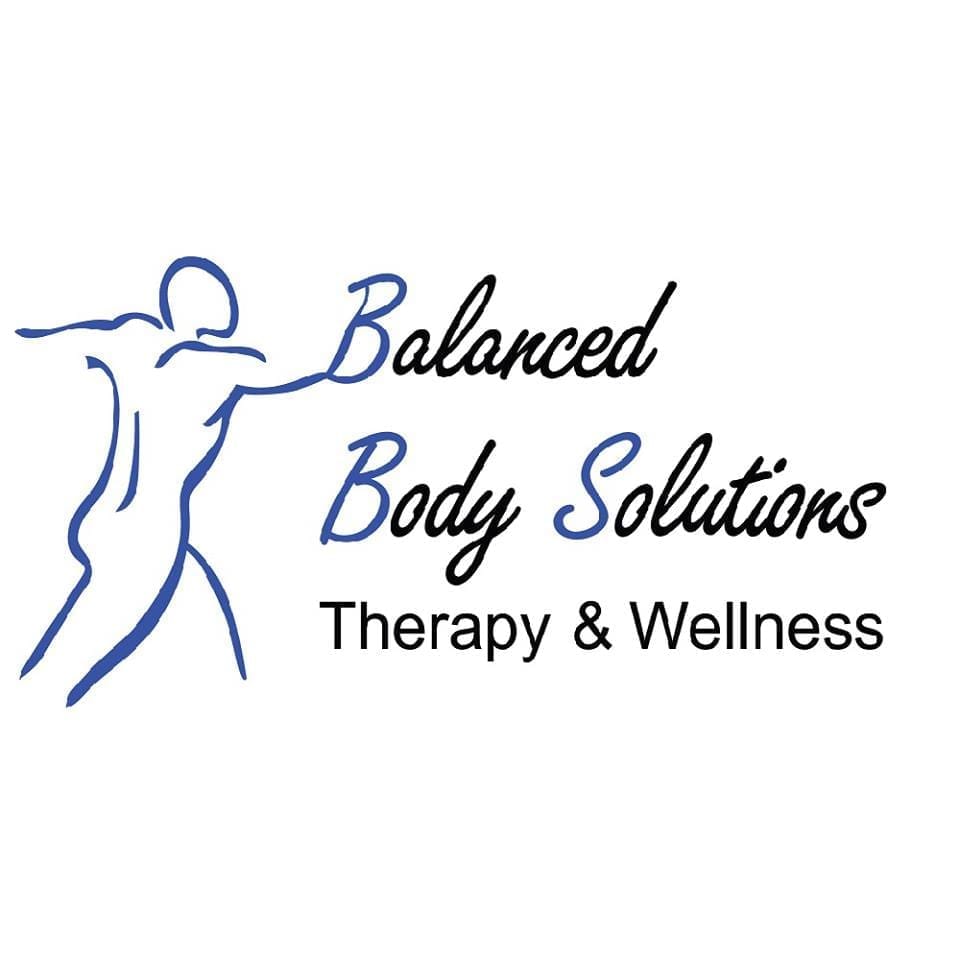The Real Reason You’re Still in Pain: Movement Patterns, Not Just Muscles
The Real Reason You’re Still in Pain: Movement Patterns, Not Just Muscles
When most people think about pain or dysfunction in the body, they often blame tight muscles, bad posture, or a lack of strength. While those things do matter, they’re usually symptoms-not the root cause.
At the heart of nearly every chronic pain pattern I see in clients is something deeper and far less discussed: the compensations your body makes in order to feel safe. And until those patterns are addressed, no amount of stretching, strengthening, or bodywork will offer lasting relief.
Your Body Takes the Path of Least Resistance
The human body is brilliantly adaptive. It will always choose the easiest, most energy-efficient way to move, even if that means "cheating" its way through. These compensations help you survive in the short term, but over time they create imbalance, stress, and wear and tear on your system.
Think of it like a workplace team. If one worker is doing most of the heavy lifting while others are slacking off, that worker is eventually going to burn out. In your body, the same thing happens: some muscles and fascial tissues become overworked and tense, while others check out entirely.
Until you intentionally activate the underused areas (the “lazy coworkers”), the overworked ones won’t get a break. The body will stay in a pattern of tension, misalignment, and fatigue, leading to chronic pain and limited mobility.
What Happened to Natural Movement?
Babies and young children move with ease, freedom, and full range of motion. But over time, life begins to interfere. Injury, overuse, lack of movement, stress, and trauma all play a role in how our bodies adapt.
Here’s how these influences show up:
Injury or trauma: The body restricts motion to protect healing tissues or to prevent further damage. It often doesn't reverse that protective response without a conscious reset.
Overuse from sports or work: Repetitive motion patterns build dominant movement pathways and leave other areas neglected.
Prolonged sitting and inactivity: If you sit for most of your day, your body will adapt to become “good” at sitting, which means shortened hip flexors, weakened glutes, and poor spinal mobility.
Emotional trauma and chronic stress: This may be the most underestimated factor. Your nervous system doesn’t always distinguish between real danger and perceived stress. Muscles like the psoas can stay stuck in a tense, protective state, ready to flee or fight, long after the threat is gone.
And here's the kicker: this chronic state of tension becomes your new normal, leading to pain, fatigue, poor posture, and restricted movement.
Awareness: The Missing Link in Most Programs
You can’t break a pattern you don’t even know you’re in.
That’s why awareness is at the core of my method and this program. You must pay attention not just to the movements themselves, but to how your body responds both statically and dynamically.
Most corrective exercise programs focus on isolated movements. This one focuses on the system as a whole. That’s why it works. When you bring awareness to the way your body compensates, you can begin to retrain it to move from a place of balance, not protection.
Ready to Reset?
If you’ve tried everything and nothing sticks… if you keep stretching the same area and it never truly releases… or if you’ve been told "that’s just how your body is", this is your invitation to look deeper.
Your body doesn’t need to be forced. It needs to feel safe enough to move differently.
And that starts with awareness.
ADDRESS
Balanced Body Solutions- Therapy & Wellness, LLC
133 24th Ave NW
Norman, OK 73069
CONTACT US
Phone/Fax 405-928-3008
ginahoegh
@thepatternreset.com
HOURS
By Appointment Only
WEBSITE





